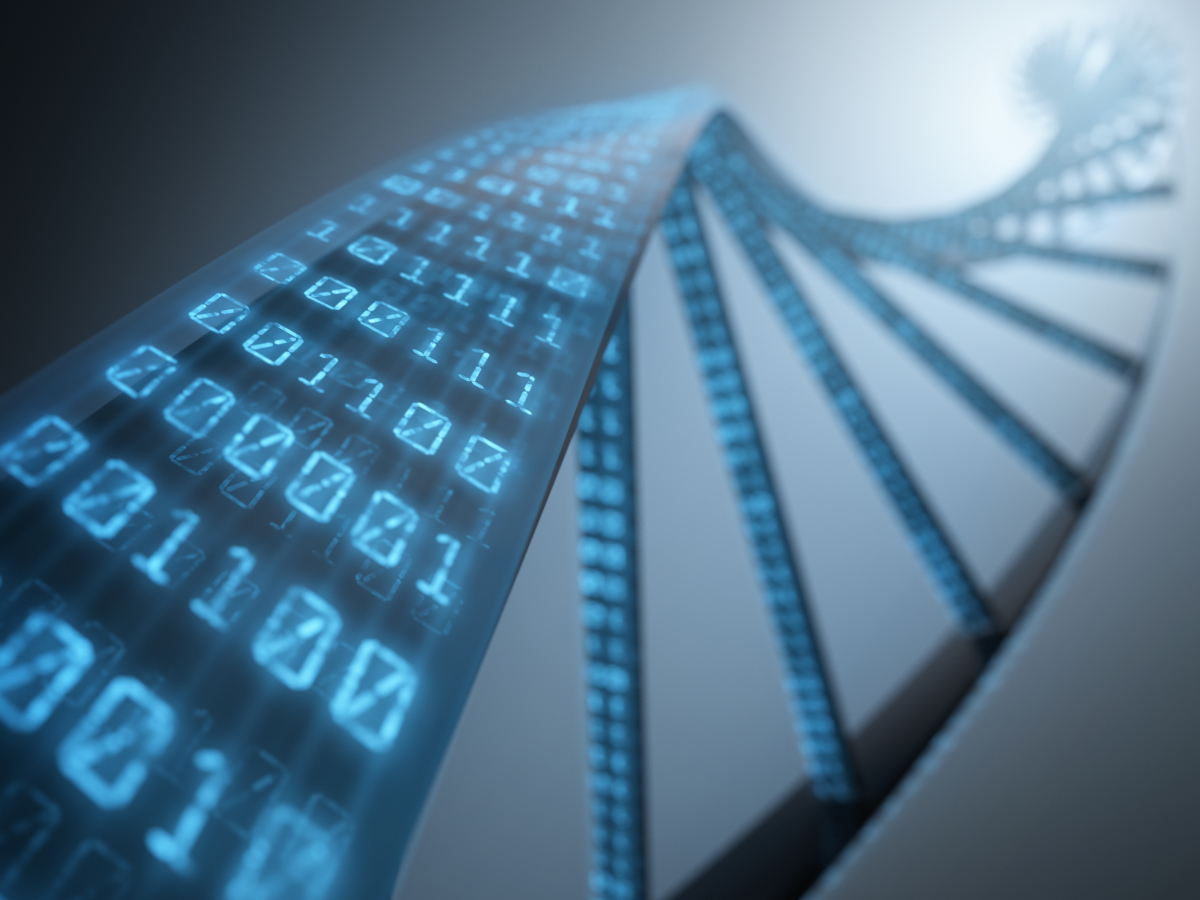The RNA at the heart of Life

Produced by DNA, RNA is among the least known constituents of the life sciences and the least cited in publications, communications or media. RNA is delicate to use by technicians and always enigmatic for most scientists.
RNA, or ribonucleic acid, is at the heart of biology, appearing at every stage of Life. Both media and entrepreneur, it is a “transient copy of a portion of DNA corresponding to one or more genes”. In other words, RNA is produced by “transcription” from DNA. Some of these ribonucleic acids then produce proteins (cell building blocks or enzymes). RNA is not only an intermediary: it also regulates, attenuates, amplifies, modulates and responds to all changes in its environment with a vital objective: to regulate the balance of every living organism.
Supposed to be at the origin of life on Earth, RNA is both enzyme and information. It is the only biological molecule that can reproduce itself without the help of any other structure or catalyst.
It is thus present in all cellular mechanisms and interacts with all cell compartments and all components of life. Not only a messenger of the genetic heritage, it is also part of the builders of every organism.
There are thousands of different structures of ribonucleic acid. We can mention messenger RNA, micro RNA, non-coding long RNA, interfering RNA… These ribonucleic acids have very different functions that interact with each other in a combinatorial or solitary way in order to quickly respond to complex problems or environmental changes.
RNA changes, evolutions or modifications can be classified as gain-of-function or loss-of-function, or also as alterations, and must be considered as high potential actionable targets or biomarkers, as well in drug treatment development as in innovative diagnostic ones.
Powerful and fragile at the same time, manipulating RNA outside its cellular environment requires attention and know-how. To avoid its degradation, the transport and storage of ribonucleic acid requires strict protocols and optimal conditions: carbo-ice and refrigerator at -80°C.
In recent years, ribonucleic acid has been unlocking its secrets thanks to the use and mastery of advanced technologies combining instrumentation (high-throughput sequencer, PCR) and significant computing power.
Thanks to the mastery of its technologies, ribonucleic acid will thus participate in the next major medical advances: vaccination (anti-covid-19, for example), the fight against infectious diseases, cancers, neurodegenerative diseases, aging…
Ribonucleic acid will become one of the key tools in the development of the medicine of the future, both in the development of new drugs and innovative diagnostics.
Committed for more than 20 years to RNA analysis, Acobiom has been using high level technologies to master this matrix of life in order to provide innovative diagnostics that will allow to address patients with the most effective or most adapted drugs, to avoid the prescription of ineffective treatments or adverse effects.
Sources: Wikipedia, Molecular Biology of the Cell (4th edition), Acobiom.

